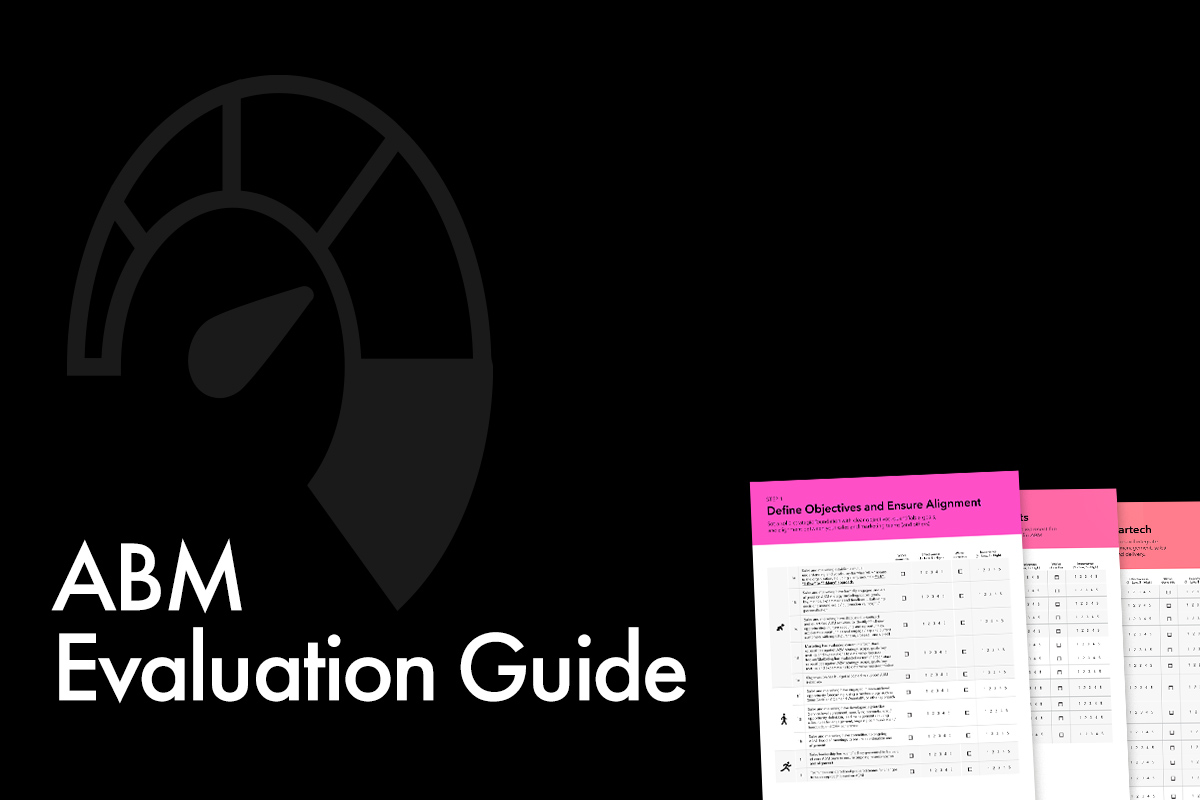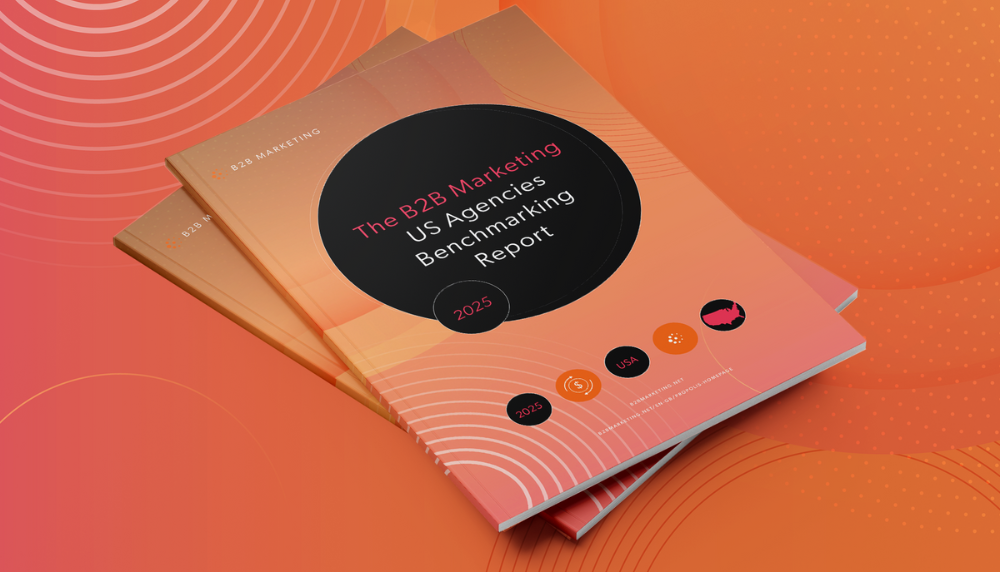Be the Brand Buyers Remember
Share this story
Your biggest competitor isn’t who you think it is. It is actually forgetfulness.
The brand that gets remembered when the need hits is the brand that gets bought. Consider this situation: A manufacturing business wouldn’t likely upgrade its entire production line on a whim. There’s usually a real-world trigger, like a surge in demand limiting capacity, or new safety regulations mandating equipment upgrades. Unless your brand is mentally available in those moments of need, it doesn’t matter how good your product is. You are not in the room. If your brand doesn’t come to mind when the need arises, it doesn’t exist.
This webinar introduces the concept of brand salience so your brand is in the room in the moments that matter. You’ll learn to define those need states, trigger moments and situations that make someone think of your brand.
Anca Rhone, Group Strategy Director at MX walks you through how to achieve brand memorability using a Category Entry Point (CEP). She defines what a CEP is and how to activate CEPs for your brand, so it is not only remembered, but more likely to be chosen.
Statistics show that only 5% of the market is actively looking for a solution at any given time, while the remaining 95% are potential future customers who need to remember your brand. B2B marketers that actively use CEPs increase brand memorability, shape a smarter content strategy and drive long-term demand.
From this webinar you’ll take away:
- Why being top-of-mind is the key to B2B growth
- What CEPs are and how to identify them
- How to turn CEPs into a content strategy that gets results
- How to align teams around a shared CEP framework
Whether you’re developing strategy to create a competitive edge in the market or building on an existing messaging strategy, this session will help your brand show up when it matters most.
Short on time? Read on for the frequently asked questions and answers per our Group Strategy Director, Anca Rhone.
1. What are Category Entry Points (CEPs), and why do they matter in B2B marketing?
“They are are real-world triggers that make a buying journey begin. If your brand is not mentally available in those moments, it doesn’t matter how good your product is — you’re not in the room.” – Anca Rhone
CEPs are the needs, motivations, or triggers that prompt someone to enter a buying state. In B2B, aligning your brand with these key moments helps ensure you’re top of mind when the decision-making starts — getting you on the RFP list and increasing your chance of being chosen.
2. How many Category Entry Points should a brand focus on?
“The theory says that to grow faster, a brand needs to own somewhere between five to seven category entry points.” – Anca Rhone
If budgets are tight, start with fewer — just focus on the most frequent and relevant buying situations where your brand is best positioned to win. Expand over time as resources grow.
3. How do I choose the right CEPs for my brand?
“There are three important principles: frequency (how often the need occurs), relevance (how well it maps to your offering), and ownership (can you credibly claim this need based on past or current positioning?).” – Anca Rhone
Gather insights from customer interviews, sales conversations and deal analysis. Then prioritize the needs that align best with your business strengths and that you can uniquely own.
4. How do CEPs help balance short-term performance with long-term brand building?
“Category Entry Points help you with the long term, but they help you snatch performance in the short term, too.” – Anca Rhone
By organizing both brand and demand campaigns around CEPs, your brand becomes more memorable in moments that matter — helping you win both in-market buyers now and future demand later.
5. How can I tell if my CEP-focused strategy is working?
“Monitor content engagement by CEP. Use brand trackers or recall surveys. Talk to sales — are prospects mentioning the needs you’ve targeted?” – Anca Rhone
Also, listen for early signals in your pipeline. If leads start referencing those buying situations directly, or if sales conversations align with your CEP messaging, you’re building the right memory structures.
Ready to improve your brand’s salience and drive future demand? Let’s connect!


